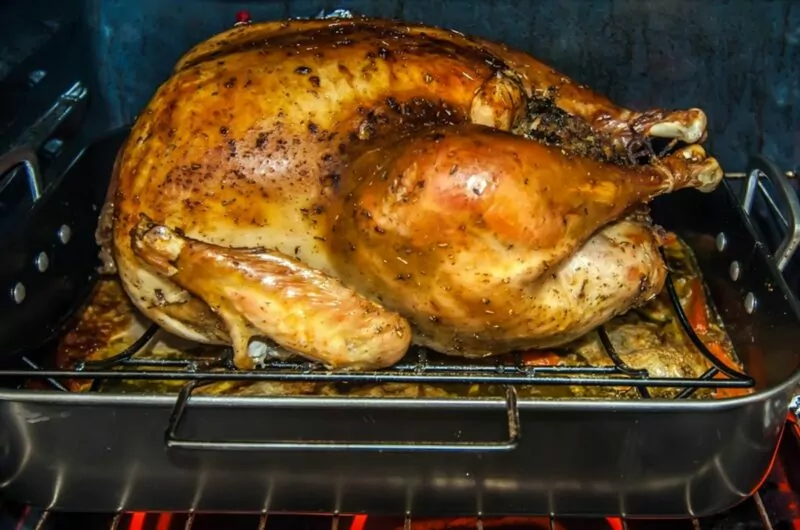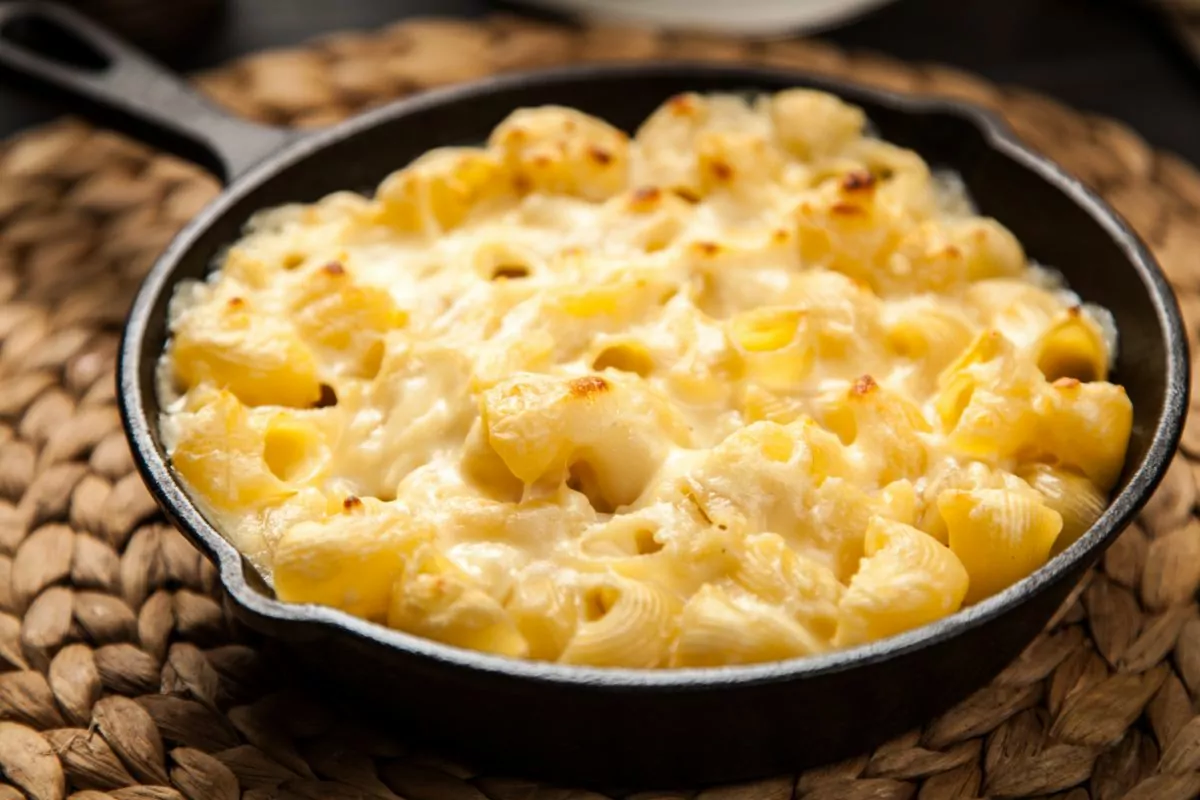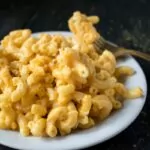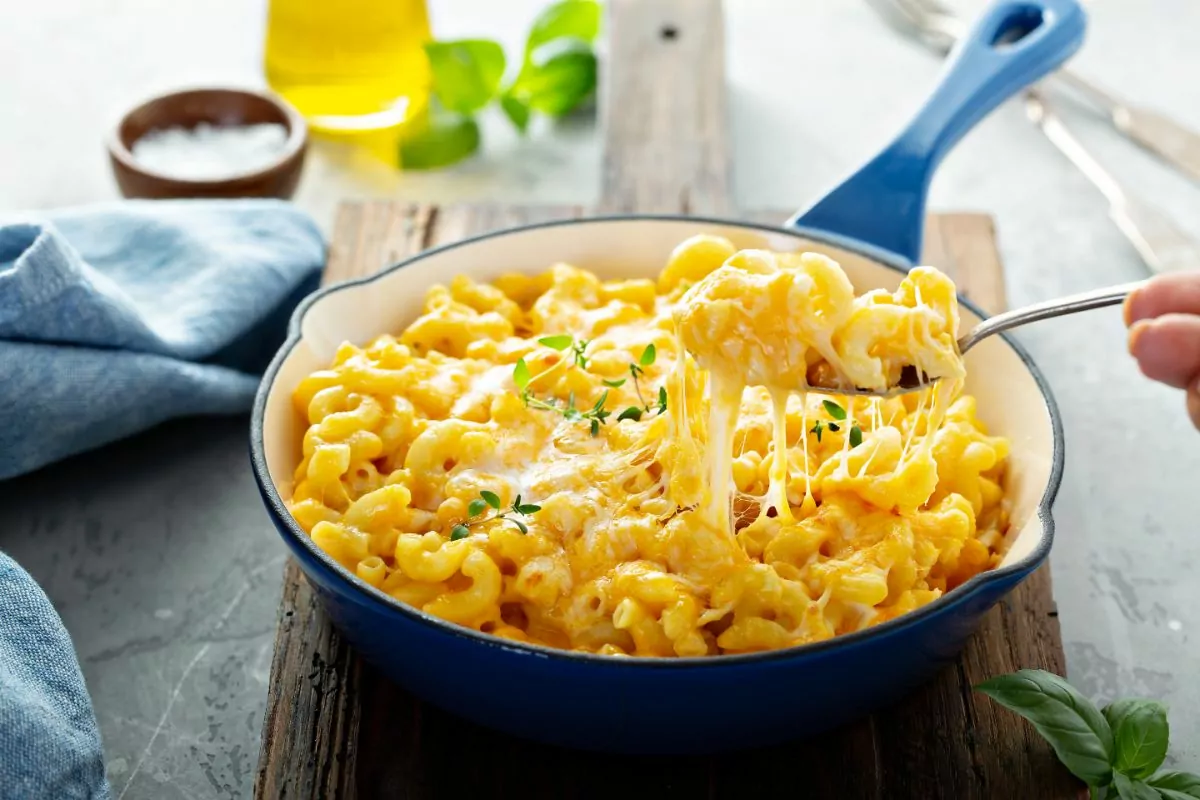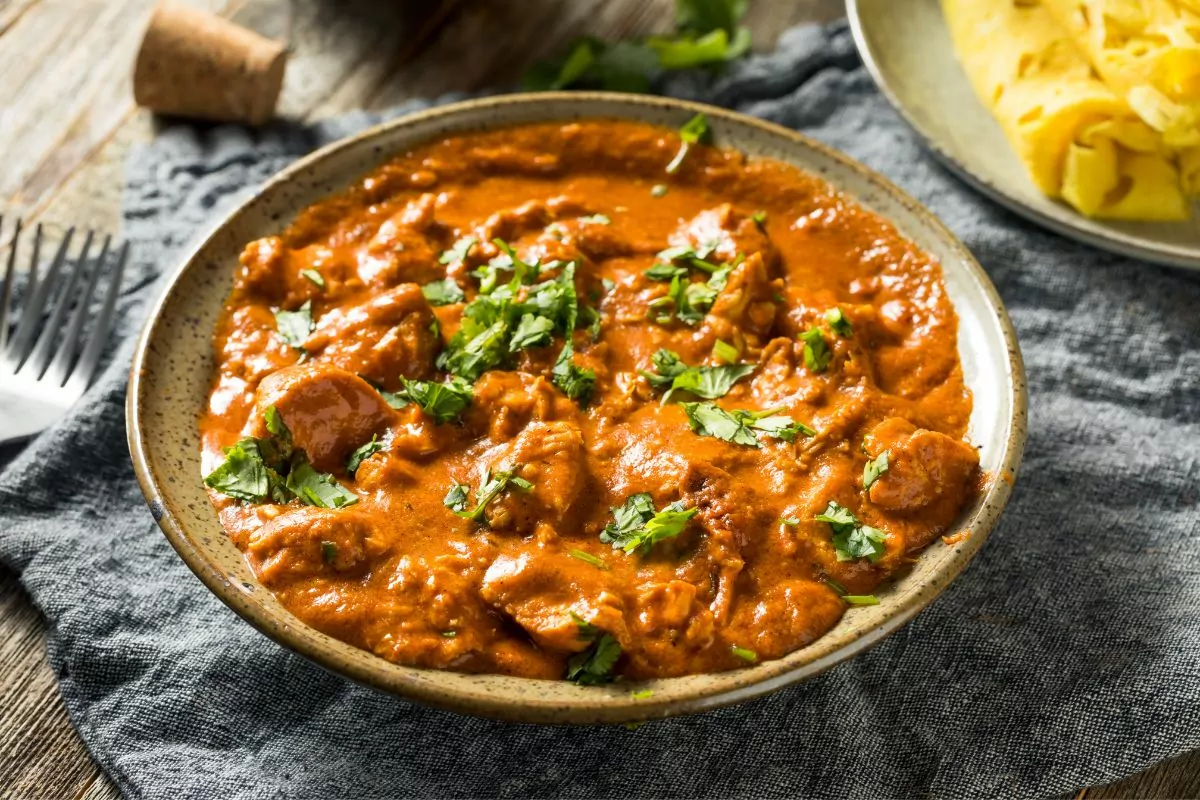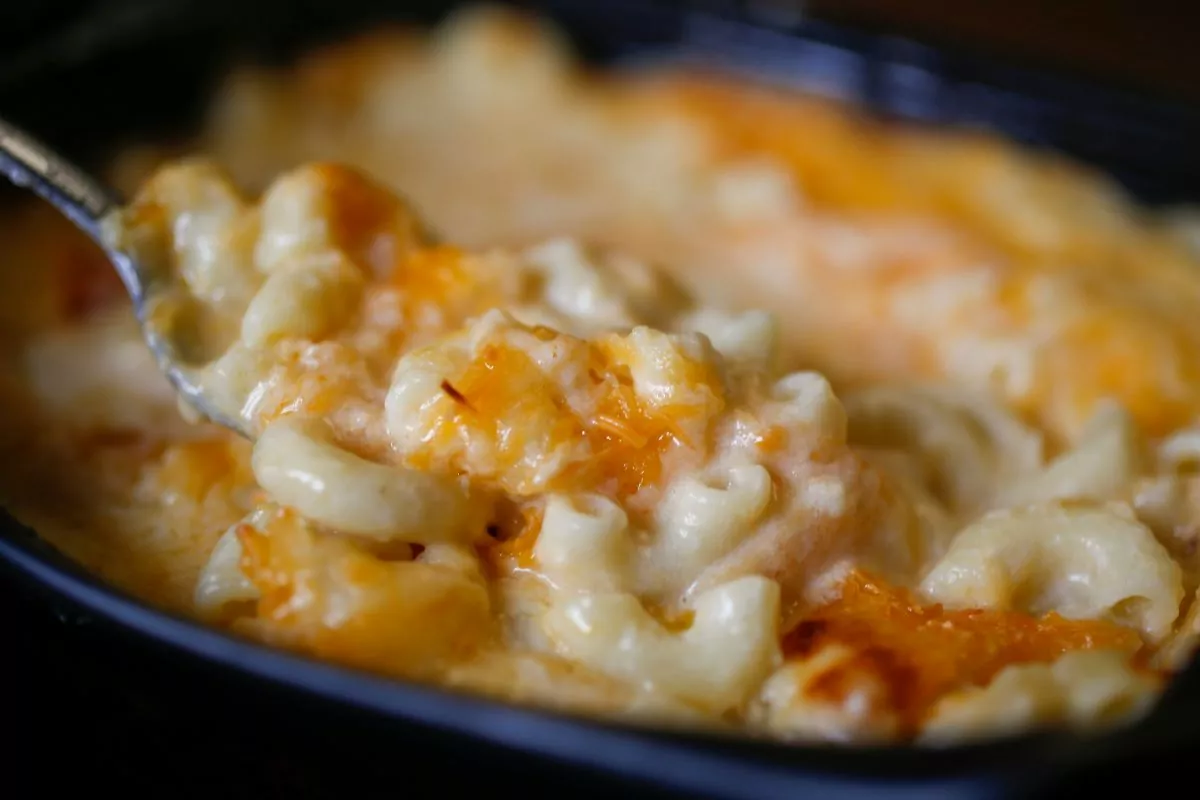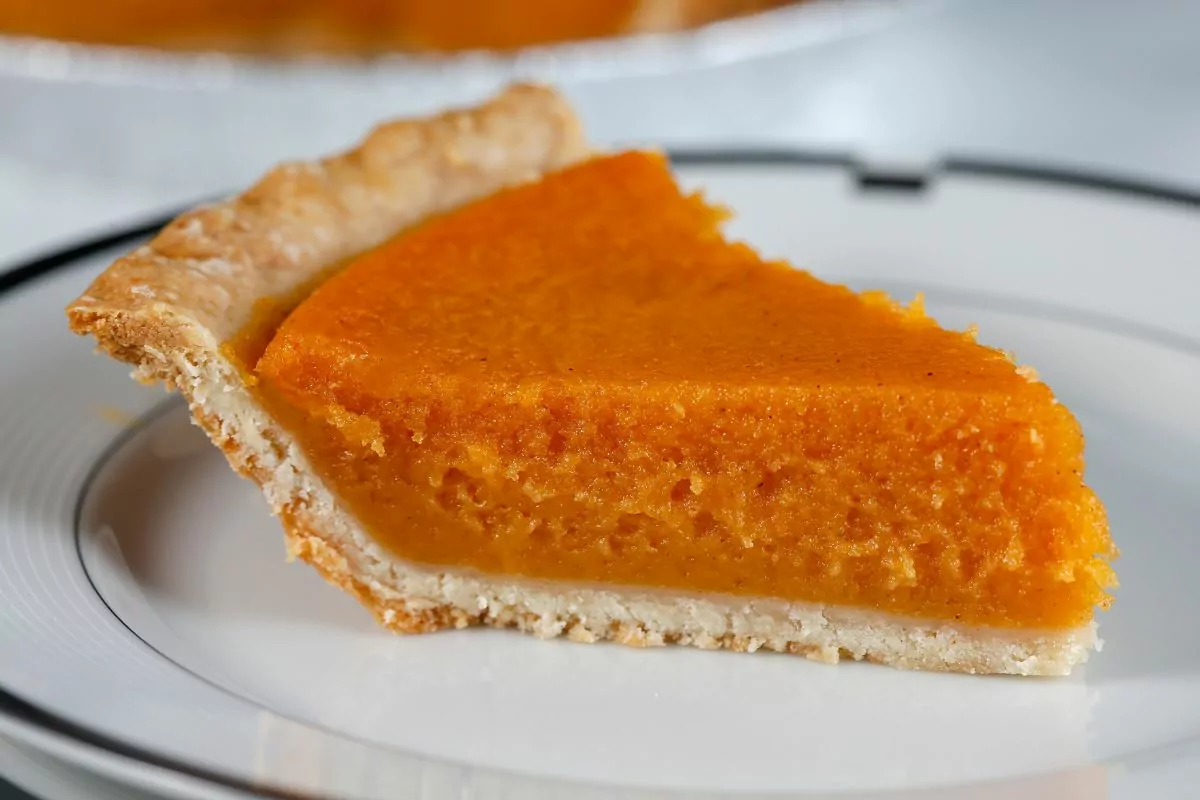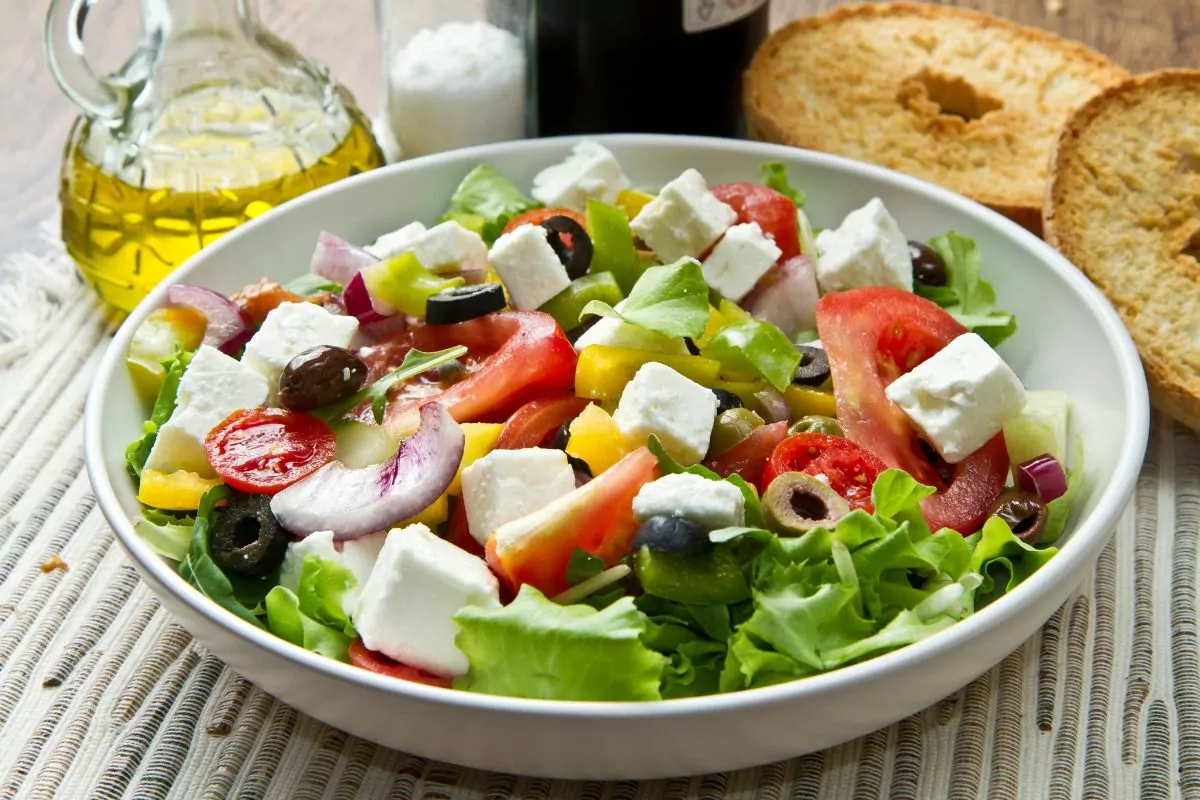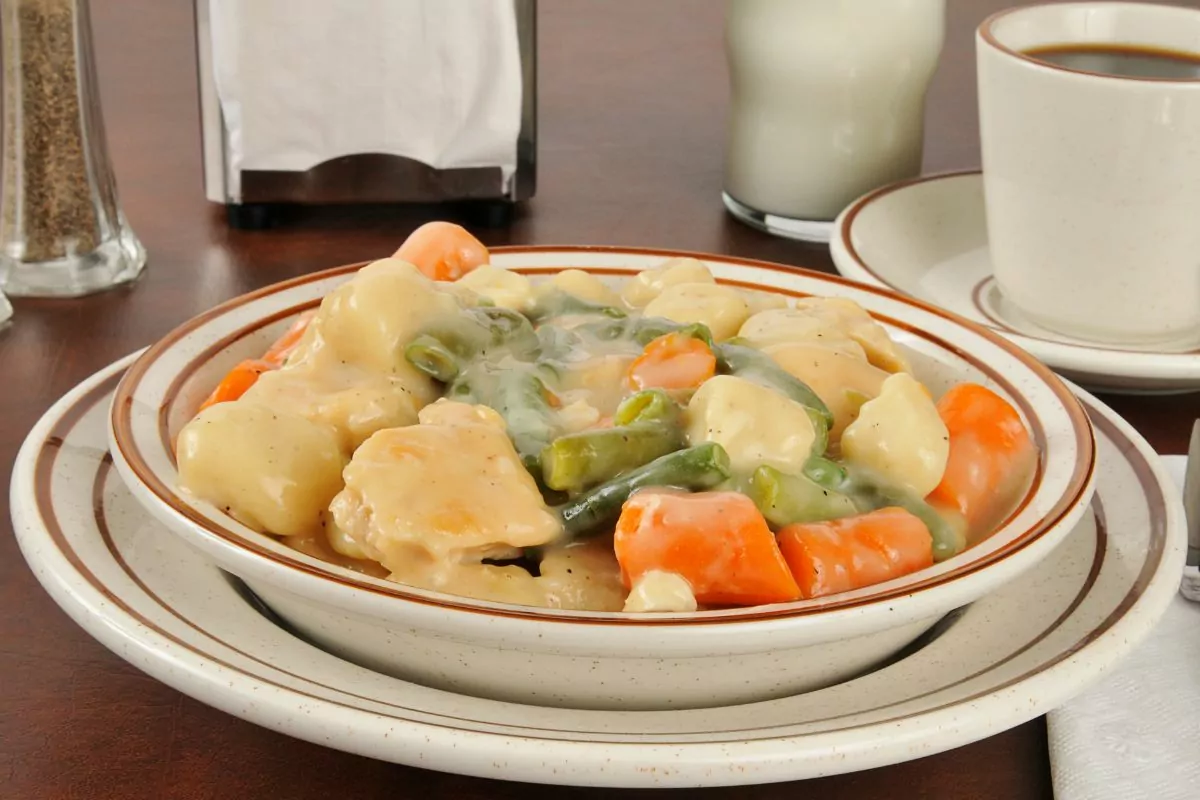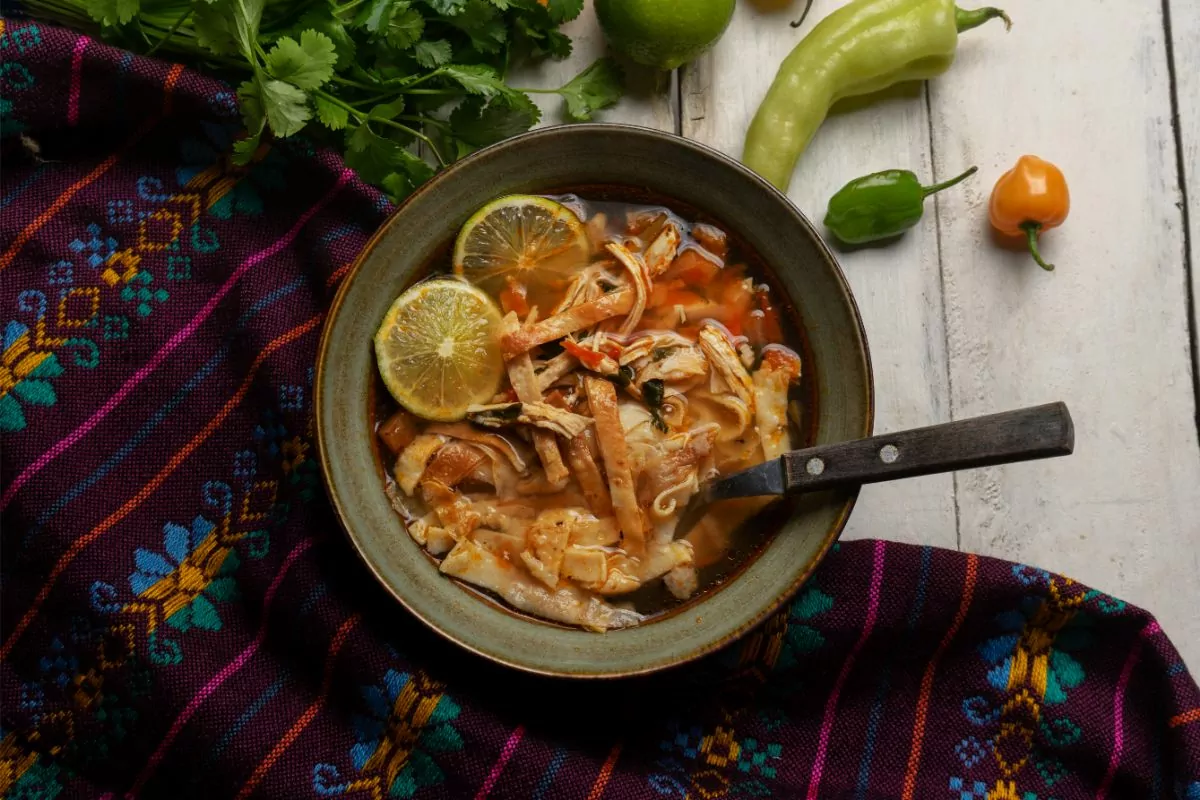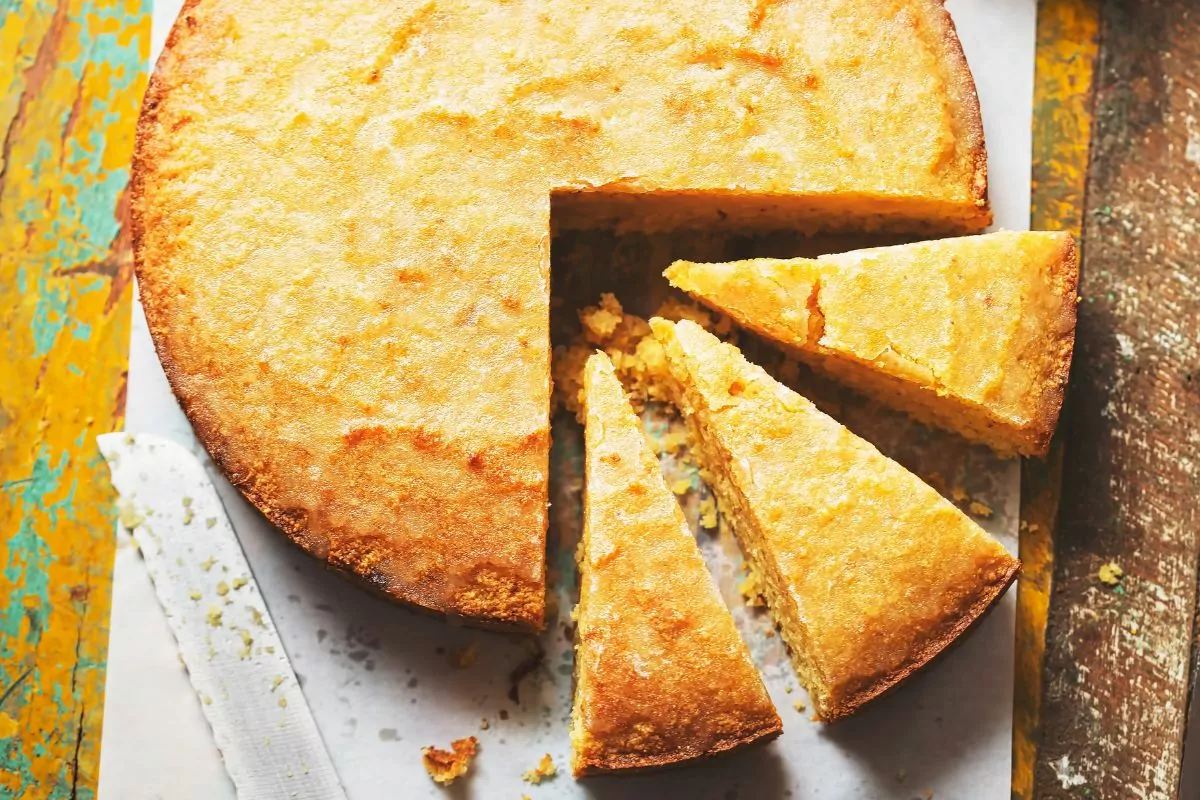Brining a turkey is a culinary technique that not only enhances the flavor and juiciness of the meat but also ensures a moist, succulent centerpiece for any festive meal.
Popularized by culinary experts like Martha Stewart, brining has become a go-to method for many home cooks aiming to perfect their holiday feasts.
In this article, we will take a closer look at two of Martha Stewart’s turkey brining recipes: a traditional brine and a creative variation that includes wine.
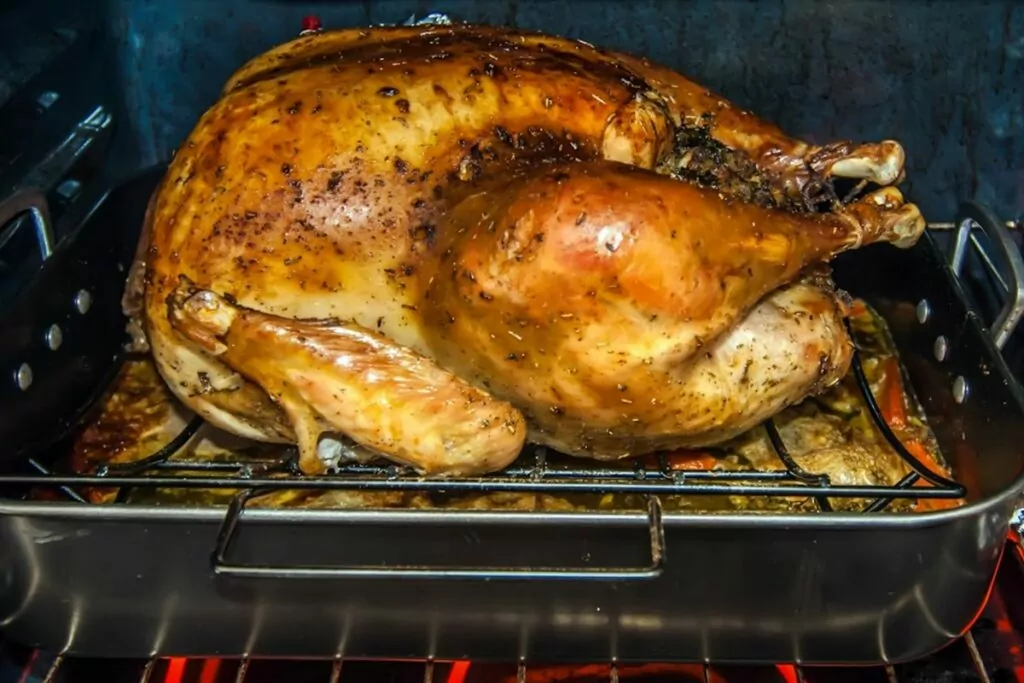
Both recipes offer unique flavors and aromas that promise to elevate your turkey from ordinary to extraordinary.
Are you ready to level up your holiday cooking?
The Benefit Of Brining
Before we get started, let’s just take a quick look at the benefit of brining – just in case you’re on the fence about whether or not to bother.
The main benefit of brining is enhanced moisture retention. The salt in the brine allows the turkey’s muscle fibers to absorb more water and retain it during cooking, resulting in a juicier and more tender bird even after exposure to the intense heat of an oven.
Beyond moisture, the brine also introduces subtle flavors deep into the turkey, which plain seasoning cannot achieve. These flavors can range from the simplicity of salt and sugar to complex notes from spices like juniper berries and bay leaves.
Finally, it reduces the risk of overcooking. A well-brined turkey is more forgiving to slight cooking time overages, maintaining its texture and moisture better than unbrined meats. This makes brining particularly appealing for large gatherings where precise timing can be challenging.
If you’re aiming for a perfectly cooked turkey that’s praised for its juiciness and flavor, brining is certainly worth the effort.
1. Martha Stewart’s Turkey Brine Recipe
Martha Stewart’s turkey brine recipe brings a depth of flavor to the turkey through a combination of meticulously chosen spices and thorough technique.
Start by simmering a quart of water with kosher salt, bay leaves, coriander seeds, dried juniper berries, black peppercorns, fennel seeds, and mustard seeds.
This step not only dissolves the salt but also infuses the water with the spices’ aromatic qualities.
After letting the mixture cool slightly, it’s topped up with additional cold water in a large brining bag within a container. Here, the turkey is added, having been dried thoroughly beforehand.
Sliced onions, crushed garlic, and fresh thyme are also included to layer more flavors into the brine.
The turkey should remain in the refrigerator in this brine for 24 hours, during which it should be flipped once to ensure even absorption of the brine.
2. Martha Stewart’s Turkey Brine With Wine Recipe
This turkey brine with wine recipe follows a similar process to the one we’ve featured above but includes a generous addition of dry Riesling wine, creating a unique taste profile.
The preparation starts in the same way, by simmering a portion of water with the same spices and salt.
Once this base is ready and slightly cooled, the wine is stirred in, combining the savory spice flavors with the wine’s fruity notes.
This liquid, along with more water, onions, garlic, and thyme, is poured over the turkey and positioned inside a brining bag within a large container.
The wine not only adds flavor but also aids in tenderizing the meat.
It’s essential to keep the turkey cold during the entire 24-hour brining period, whether in a refrigerator or a cooler packed with ice. This step ensures that the turkey soaks up all the flavors from the brine, leading to a moist and flavorful roast.
Our Top Tips For Making The Best Brining
Each step matters in successful turkey brining, from choosing the right ingredients to managing the process carefully.
Follow our top tips to ensure your brined turkey is perfectly seasoned and succulent.
- Choosing the Right Salt: Opt for kosher salt for your brine. Its larger grains not only dissolve well but also distribute more evenly. Avoid using table salt; its finer grains can make the brine too salty due to its higher density per cup.
- Submerging the Turkey: To ensure the turkey is evenly seasoned, it must stay fully submerged in the brine. If it floats, place a clean, heavy plate or a brining weight on top to keep it completely immersed. This uniform contact with the brine solution is crucial for consistent flavor and moisture.
- Maintaining the Correct Temperature: Keeping the brine cold is essential to prevent the growth of harmful bacteria. The brining container should be stored in a refrigerator or a cooler with ice, maintaining a temperature below 40 degrees Fahrenheit. This is especially important if you are brining for longer periods.
- Timing Your Brine: Generally, 24 hours is the recommended brining time for a turkey. This duration ensures that the meat absorbs enough brine to enhance moisture and flavor without the risk of becoming overly salty or mushy. However, the exact time can vary based on the size of the turkey and personal taste preferences. Smaller birds may require less time, so adjust accordingly.
- Rinsing and Drying: After brining, it’s crucial to rinse the turkey thoroughly under cold water to remove excess salt from the surface and the cavity. Following rinsing, pat the turkey dry inside and out with paper towels. This step is vital as it helps to remove any remaining brine solution, which could affect the cooking process and final taste.
- Resting Before Roasting: Allow the turkey to sit after brining and before cooking. This resting period lets the turkey come to a near-room temperature, which promotes more even cooking. Additionally, a dryer exterior helps achieve beautifully browned and crisp skin when roasted.
- Monitoring and Adjusting: Throughout the brining process, keep an eye on the brine’s clarity and the turkey’s condition. If the brine becomes cloudy or the turkey shows any signs of spoilage, it’s safer to discard the brine and start over. This monitoring ensures that your efforts result in a delicious and safe-to-eat turkey.
Final Thoughts
Whether you select Martha Stewart’s traditional turkey brine or opt for her innovative wine-infused version, these recipes offer a way to enhance your holiday turkey with depth and sophistication.
The process of brining may require additional time and preparation, but the outcome—a beautifully moist and flavor-packed turkey—is well worth the effort.
With these expert recipes and tips, your next turkey is sure to be a show-stopper at any gathering.
Frequently Asked Questions
Typically, a turkey should be brined for 24 hours to maximize flavor and moisture absorption without compromising texture.
Yes, a simple brine can be effectively made with just water and salt, which fundamentally enhances the turkey’s moisture retention.
Yes, it’s possible to over-brine a turkey, which can lead to overly salty flavors and a mushy texture.
For a standard turkey brine, you will need approximately 1 1/2 cups of coarse salt per 7 quarts of water.
A basic brine formula is 1 cup of salt per gallon of water, which can be adjusted based on additional ingredients and desired flavor intensity.
2 Turkey Brining Recipes By Martha Stewart
4
servings30
minutes40
minutes300
kcalDirections
- Pick a recipe
- Collect your ingredients
- Brine your turkey
- Enjoy the results.
Recipe Video
https://www.youtube.com/watch?v=Xq67ZYirbxsVideo can’t be loaded because JavaScript is disabled: Turkey Brine- Martha Stewart (https://www.youtube.com/watch?v=Xq67ZYirbxs)- 16 Martha Stewart Baking Recipes You Have To Try - May 29, 2024
- 19 Of The Best Martha Stewart Cake Recipes Ever - May 28, 2024
- How To Make A Tasty Ina Garten Red Velvet Cake At Home - May 24, 2024

